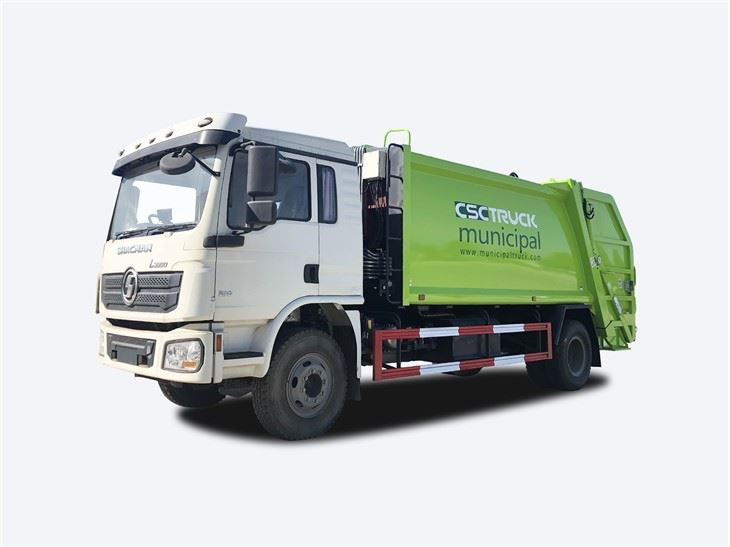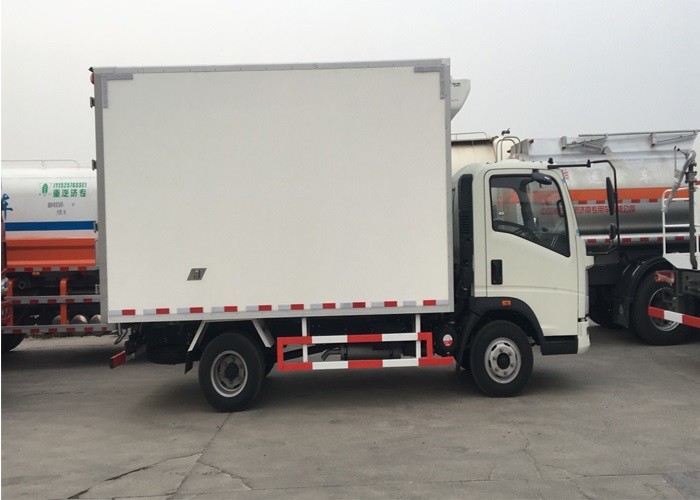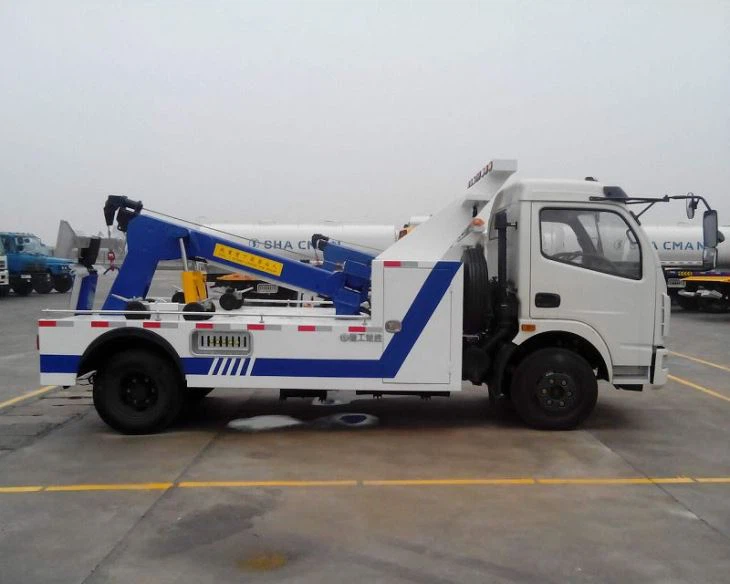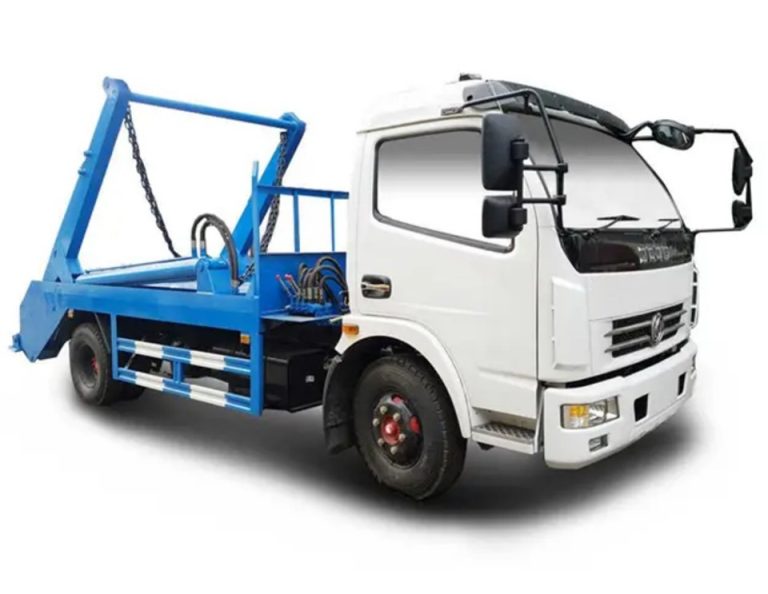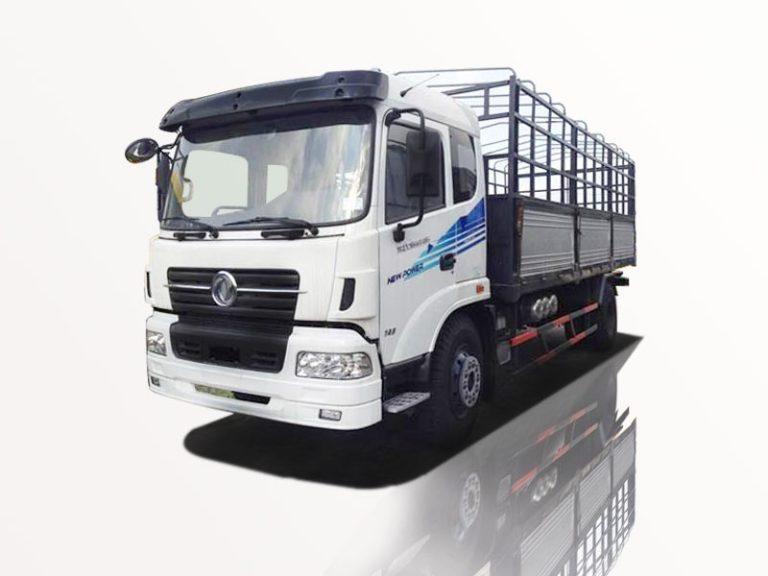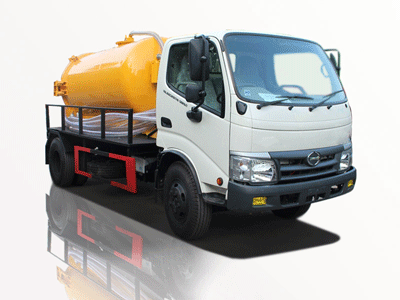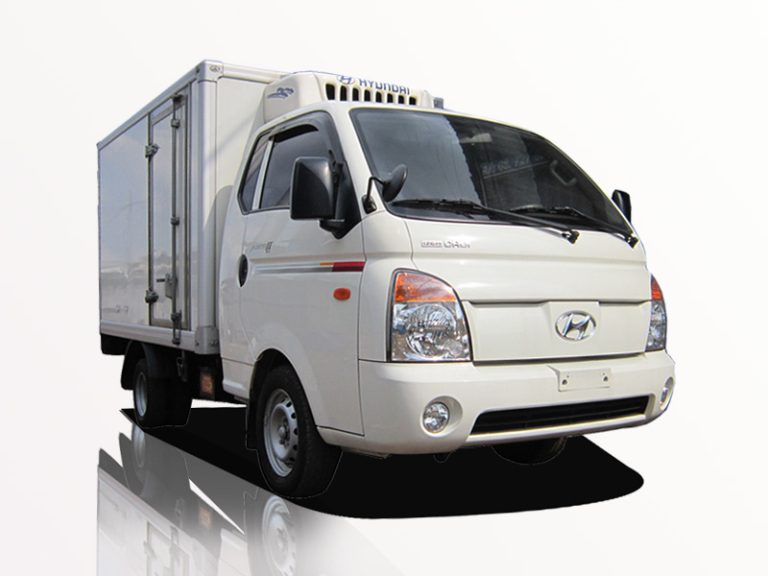Small fire engines have become indispensable tools for firefighting services, responding to emergencies in various environments, from suburban neighborhoods to rural areas. This comprehensive article delves into everything you need to know about small fire engines, including their design, function, advantages, and more.
What is a Small Fire Engine?
A small fire engine, often referred to as a mini fire truck or brush truck, is a lighter, more maneuverable firefighting vehicle designed for quick response in diverse situations. These vehicles are typically equipped with water tanks, hoses, and firefighting equipment, allowing firefighters to tackle blazes in areas where larger fire trucks cannot easily access.
Characteristics of Small Fire Engines
- Size and Weight: Small fire engines are compact and lightweight, allowing for easy navigation through narrow streets and pathways.
- Capacity: They usually hold between 300 and 1000 gallons of water.
- Accessories: Equipped with essential firefighting tools, they may include hoses, nozzles, and auxiliary equipment such as ladders and rescue gear.
- Power Source: Most small fire engines operate on diesel or gasoline engines, delivering powerful performance despite their size.
The Importance of Small Fire Engines
Small fire engines play a crucial role in firefighting and rescue operations for several reasons:
Rapid Response in Emergencies
In emergencies, time is of the essence. Small fire engines can reach scenes quicker than their larger counterparts, ensuring that fires are contained before they escalate.
Access to Hard-to-Reach Areas
Whether it’s a densely populated urban environment or a remote rural area, small fire engines can navigate tight spaces and rough terrains to reach those in need.
Cost-Effective Solutions
Smaller fire engines often represent a more budget-friendly option for municipalities, especially for those that do not require the extensive capabilities of a full-size fire truck.
Types of Small Fire Engines
There are several types of small fire engines, each designed to meet specific needs.
Brush Trucks
Brush trucks are specialized small fire engines designed for wildland fires. These trucks are typically outfitted with all-terrain capabilities, allowing them to traverse rugged terrain.
Rescue Trucks
Rescue trucks focus on emergency medical response and vehicle extrication. They often carry specialized equipment to assist in rescues, including hydraulic tools.
Water Tenders
Water tenders are small fire engines that primarily focus on providing water supply to firefighting operations in areas lacking a pressurized water source.
Key Features of Small Fire Engines
Small fire engines include various features that enhance their functionality and effectiveness:
Water Pump Systems
These engines come equipped with powerful water pumps, capable of delivering water under pressure to extinguish fires effectively.
Inventory Management
Advanced inventory systems help maintain and track firefighting equipment, ensuring that crews have the necessary tools when responding to emergencies.
Communication Gear
Effective communication systems, such as radios or onboard computers, allow crews to coordinate efforts seamlessly with dispatch and other units.
Buying a Small Fire Engine: Considerations and Tips
Purchasing a small fire engine involves careful consideration of several factors:
Assessing Needs
Before purchasing, it’s essential to assess the specific needs of your community or department. Consider the types of emergencies you’re likely to face and the terrain that your fire engine will need to navigate.
Budget Constraints
Establish a budget that considers both the purchase price and maintenance costs. Smaller fire engines can range significantly in price, so knowing your limits helps narrow options.
Brand and Model Selection
Research various brands and models. Look for manufacturers with positive reviews and reliable customer service. Consider test-driving options when possible.
Maintenance and Support
Invest in a fire engine that comes with a robust warranty and readily available support and parts for maintenance. Ensure your team is adequately trained to operate and maintain the vehicle.
Case Studies: Successful Deployments of Small Fire Engines
| Case Study | Location | Outcome | Details |
|---|---|---|---|
| Wildfire Response | California | Contained | Brush trucks effectively navigated rugged terrain to reach remote fires. |
| Urban Apartment Fire | Los Angeles | Successful Evacuation | Small fire engine quickly reached the scene, allowing for timely evacuation of residents. |
| Vehicle Accident Rescue | New York | Immediate Response | Rescue trucks provided crucial medical assistance and extricated trapped individuals. |
Training and Operation of Small Fire Engines
Proper training in operating small fire engines is vital for ensuring safety and effectiveness in emergencies:
Driver Training
Drivers must understand the handling characteristics of small fire engines and be trained in advanced maneuvering techniques, especially during emergency responses.
Equipment Training
Firefighters should receive training on all equipment carried on small fire engines. Understanding how to use tools efficiently can make a significant difference in an emergency.
Team Coordination Drills
Conduct regular drills that include scenarios involving small fire engines. This ensures that crews can work together effectively under pressure.
Environmental Impact of Small Fire Engines
Like all vehicles, small fire engines have an environmental impact, but several steps can be taken to mitigate it:
Use of Eco-Friendly Fuels
Consider models that are compatible with biodiesel or other eco-friendly fuels to reduce carbon emissions.
Regular Maintenance
Keep engines well-maintained to ensure optimal performance and reduced emissions. Regularly check for leaks and perform emissions testing as required.
Educating the Community
Engage the community in fire safety education initiatives, focusing on prevention strategies that reduce the likelihood of fires and the associated environmental damage.
Frequently Asked Questions (FAQs)
What is the average cost of a small fire engine?
The cost of a small fire engine can vary widely, generally ranging from $20,000 to $100,000, depending on features and specifications.
Can small fire engines be used for more than just firefighting?
Yes, many small fire engines are versatile and can be utilized for various purposes, including medical emergencies, rescue operations, and community outreach events.
How often should small fire engines be maintained?
Regular maintenance is essential, and it is advisable to follow the manufacturer’s guidelines, usually recommending service every 3 to 6 months.
Are small fire engines effective in wildland firefighting?
Absolutely, small fire engines like brush trucks are specifically designed for wildland firefighting and are effective in combating such fires effectively.
Do small fire engines require specialized drivers?
Yes, drivers should receive specialized training to operate small fire engines safely and effectively, considering their unique handling capabilities.
What safety equipment is typically found on a small fire engine?
Common safety equipment includes fire hoses, nozzles, fire extinguishers, medical kits, and emergency lighting, among others.
